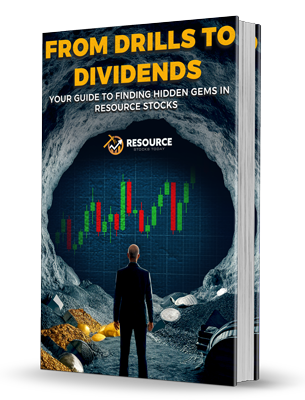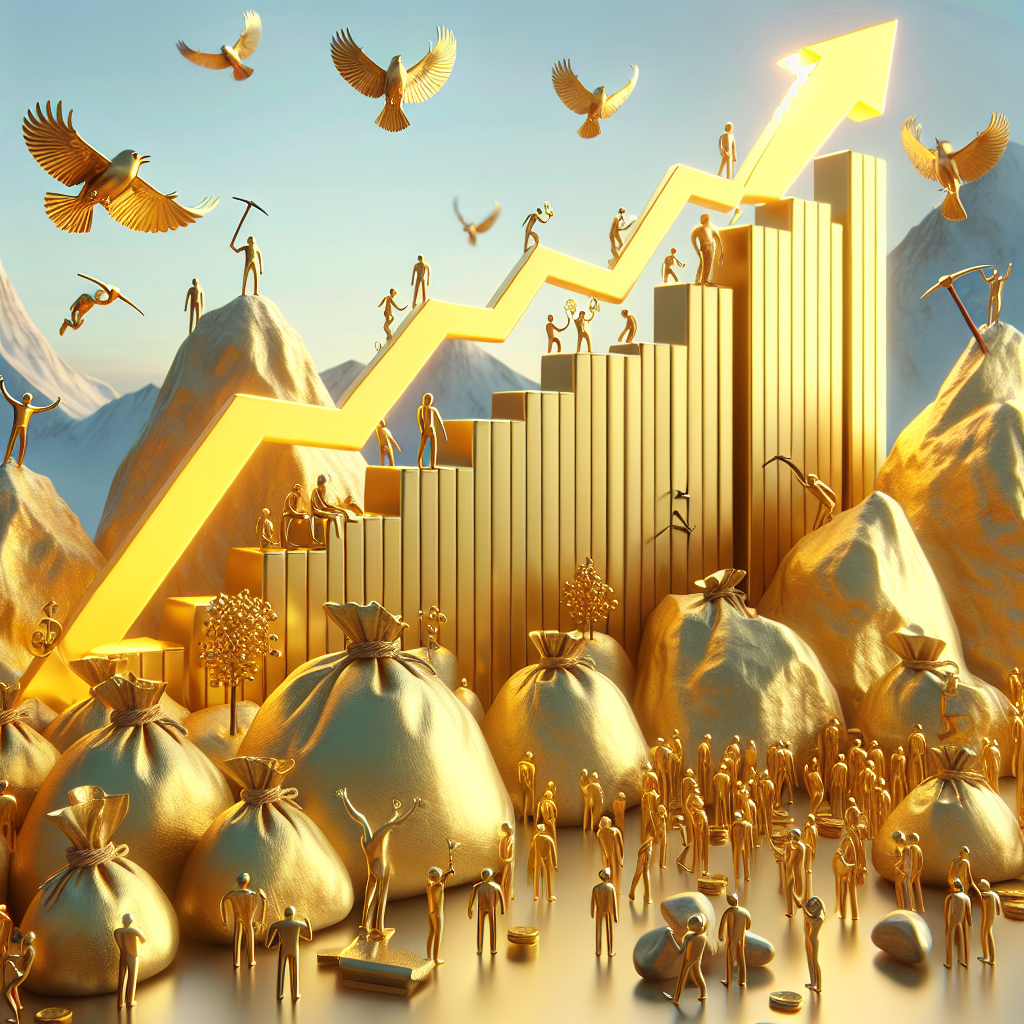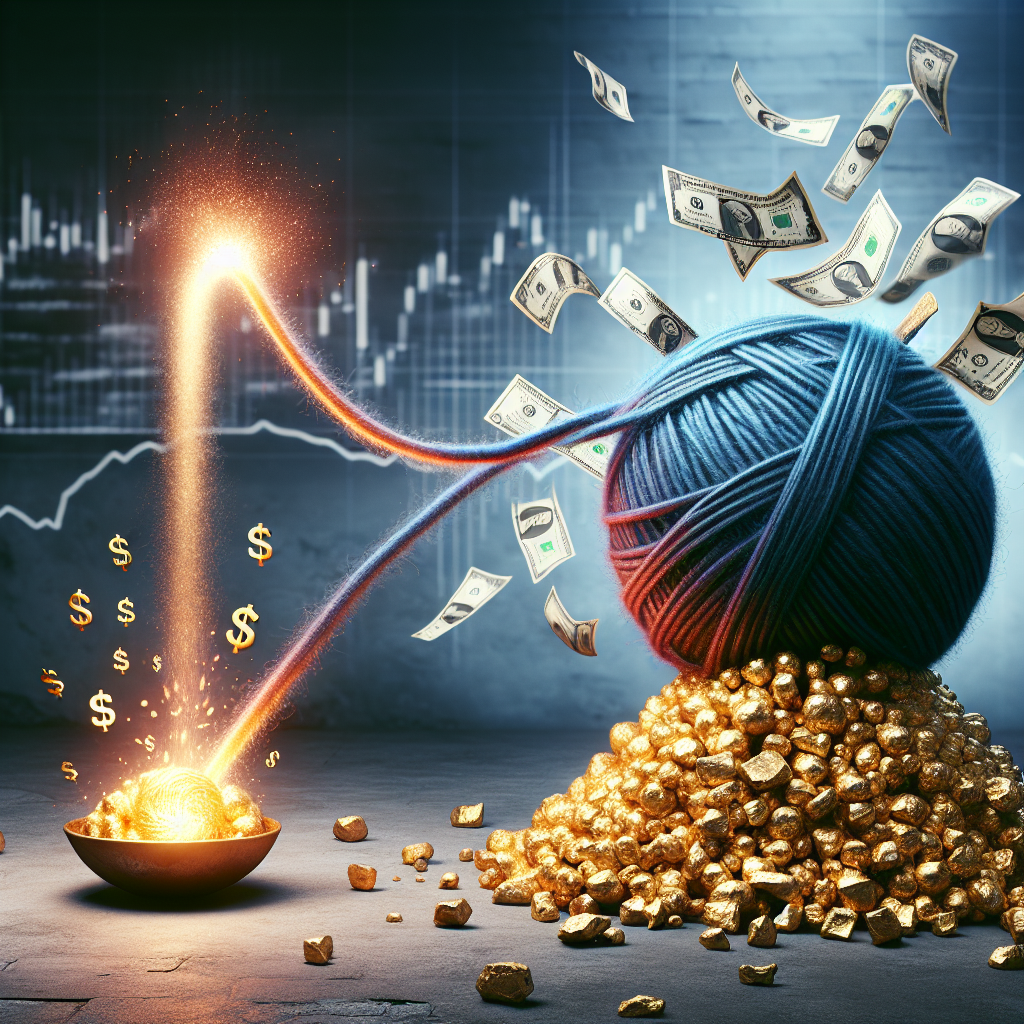China’s Stimulus Measures Fuel Silver’s Surge, Yet Caution Remains Advised
Introduction
As investors look to navigate the often tumultuous waters of commodity markets, recent developments in silver pricing and underlying catalysts warrant closer examination. In early September 2024, silver prices reached their highest level since December 2012, propelled by a combination of robust gold market performance and significant stimulus measures unveiled by China. Nevertheless, while current momentum appears favorable for silver, it is crucial for serious investors to consider potential risks that could undermine this trajectory.
Silver’s Recent Performance
Spot silver (XAG/USD) rose to $32.71 per ounce, marking a remarkable increase of over 35% year-to-date. This surge in silver’s price can largely be attributed to two key factors: the recent bullish trend in gold, which traditionally has a high correlation with silver, and China’s announcement of its largest stimulus package since the onset of the COVID-19 pandemic. The Chinese central bank has initiated cuts to the seven-day reverse repo rate, a move that signals its intent to bolster economic activity.
While silver is recognized as a precious metal, it also carries significant characteristics as an industrial metal, particularly relevant given the ongoing recovery in global manufacturing sectors. As emphasized by Ole Hansen, head of commodity strategy at Saxo Bank, “China’s stimulus is giving industrial metals a boost, something silver traders had been waiting for.” This environment creates optimism for silver’s sustained performance, especially as the gold-silver ratio—an indicator of silver’s relationship to gold—begins to align more favorably.
Bullish Outlook versus Potential Risks
Analyst projections are showing bullish sentiments for silver values. Citi’s Max Layton anticipates silver prices could climb to $35 over the next three months and potentially to $38 in the following six to twelve months. Meanwhile, Macquarie suggests that ongoing deficits in the silver market and continued investor engagement with exchange-traded funds (ETFs) could yield further support for silver prices in the near term.
However, investors should remain vigilant. Despite the current rally, some analysts predict that it may not hold strong against underlying economic fundamentals. Hamad Hussain, assistant climate & commodities economist from Capital Economics, cautions that China’s recent support measures alone may not sufficiently spark a robust economic recovery. He notes that the market may be overestimating the likelihood of additional interest rate cuts by the U.S. Federal Reserve, which could dampen silver demand.
China’s Economic Landscape
The second-largest economy remains a focal point for both bullish and bearish sentiments surrounding silver consumption. Recent data indicates a slowdown in China’s industrial output growth, which hit a five-month low in August 2024. This deceleration raises concerns about weakening domestic demand. Furthermore, ongoing consolidation in China’s solar industry—which constitutes a notable share of silver’s industrial applications—could pose additional headwinds for silver demand.
Carsten Menke, an analyst at Julius Baer, reinforces this sentiment by suggesting that silver’s long-term performance is more heavily dependent on the trajectory of gold, rather than homegrown factors specific to silver. Despite current optimism within the investment community, systemic risks within the global economic landscape could exert downward pressure on silver shortly.
Conclusion
In conclusion, while silver has recently experienced a significant boost in prices due to favorable market conditions fueled by China’s stimulus measures and solid support from gold, serious investors must remain aware of the nuanced environment. The potential for a fading rally amid slowing industrial activity in China and broader economic uncertainties warrants a cautious approach. Maintaining a balanced portfolio and assessing the interplay between silver and gold will prove vital in making informed investment decisions in the coming months.
As always, investors need to weigh both the opportunities and risks inherent in the commodities market carefully. A strategic outlook that takes into account global economic factors as well as the specific dynamics of the silver market will serve as a robust strategy moving forward.















